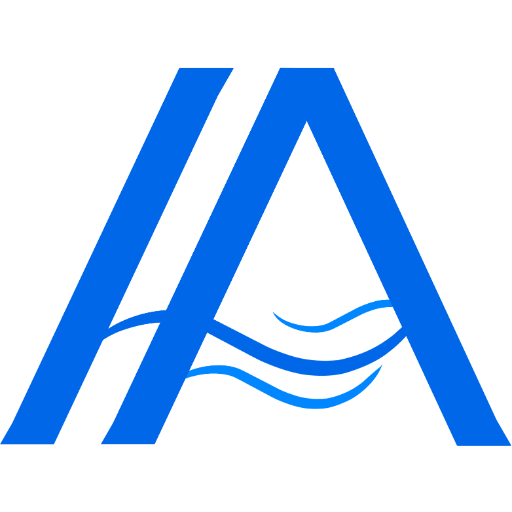3D Learning in Science - AI-Driven Science Education

Hello! Ready to explore the dimensions of science learning?
Empowering science learning with AI.
Explain a scientific practice in education
How do crosscutting concepts apply here?
What are the core ideas of this science topic?
Help me understand this scientific concept
Get Embed Code
Introduction to 3D Learning in Science
3D Learning in Science refers to an educational approach that integrates three distinct dimensions into science teaching and learning: Scientific Practices, Crosscutting Concepts, and Disciplinary Core Ideas. This model is designed to provide a holistic framework that not only covers scientific knowledge but also emphasizes the process of scientific inquiry and the patterns that connect different scientific disciplines. For example, in a classroom implementing 3D Learning, students might engage in scientific practices by developing and using models to understand the water cycle (Disciplinary Core Idea), while recognizing patterns and systems (Crosscutting Concept) as they explore how water interacts with various environmental factors. Powered by ChatGPT-4o。

Main Functions of 3D Learning in Science
Enhancing Conceptual Understanding
Example
Students use the concept of energy (Disciplinary Core Idea) across various topics—such as physics, biology, and chemistry—to understand its conservation and transfer, applying it to both natural and designed systems.
Scenario
In a physics class, students might explore kinetic and potential energy through experiments that involve measuring and graphing these energies in different scenarios, thereby seeing the crosscutting concept of energy conservation in multiple contexts.
Developing Scientific Skills
Example
Students engage in scientific practices like asking questions, planning and conducting investigations, analyzing and interpreting data, and arguing from evidence.
Scenario
In a biology lesson on ecosystems, students could collect data on local flora and fauna, analyze their interdependencies, and debate their findings to draw conclusions about ecosystem health and sustainability.
Integrating Learning Across Disciplines
Example
Learners apply crosscutting concepts such as 'patterns' or 'cause and effect' to link different scientific disciplines and gain a comprehensive understanding of complex topics.
Scenario
In a study unit on climate change, students might examine how atmospheric data (Earth Science), carbon cycle processes (Biology), and human energy consumption (Social Studies) interact, using their understanding of these interdependencies to propose solutions to reduce carbon footprint.
Ideal Users of 3D Learning in Science Services
Science Educators
Teachers and curriculum developers who are looking to implement a more integrated and comprehensive science curriculum. They benefit from using 3D Learning strategies to design lessons that not only cover scientific knowledge but also engage students in the practices of science and connect learning to overarching concepts that span multiple scientific disciplines.
Students
Learners at various educational levels who can enhance their understanding and retention of scientific concepts by engaging in activities that illustrate how these concepts are interrelated and applicable in real-world contexts.
Educational Policy Makers
Individuals involved in shaping educational standards and policies can utilize the 3D Learning framework to promote a science education that is more reflective of real scientific work and which prepares students for future scientific challenges.

How to Use 3D Learning in Science
Step 1
Start your journey by visiting yeschat.ai for a no-cost trial, accessible without a login or subscription to ChatGPT Plus.
Step 2
Familiarize yourself with the three dimensions of science learning: Scientific Practices, Crosscutting Concepts, and Disciplinary Core Ideas.
Step 3
Engage with interactive modules tailored to different science topics to understand how these three dimensions integrate.
Step 4
Apply your knowledge by creating or participating in lesson plans and activities that utilize 3D learning strategies.
Step 5
Regularly reflect and adjust your learning or teaching approach based on feedback and results from your 3D learning experiences.
Try other advanced and practical GPTs
Tolkien
Explore Middle-earth with AI

Trivia Master
Challenge Your Mind, Powered by AI

Safari Specialist
Navigating Safaris with AI Insight

Tax Minimizer
Optimize Your Taxes with AI

Task Project Management
AI-powered task management for Jira and Confluence.

ClayMate: Pottery & Ceramic Shrinkage Wizard Tool
Precision in Every Piece, AI-Powered

Ortho Kid Expert
Empowering Smiles with AI

Cryptid Encyclopedia
Uncover the World of Cryptids with AI

Your Star Avatar
Empower Your Digital Presence with Astrology

Travel Liaison GPT
Navigate the world smarter with AI-powered travel insights.

Bible Study
AI-powered Scripture Exploration

Skripsea by Datasans
AI-powered tool for structured thesis writing and data analysis.

Detailed Q&A about 3D Learning in Science
What are the three dimensions of science learning?
The three dimensions include Scientific Practices, which involve actively doing science; Crosscutting Concepts, which bridge disciplinary boundaries; and Disciplinary Core Ideas, which focus on the central concepts of various science fields.
How does 3D Learning enhance science education?
By integrating the three dimensions, students gain a more comprehensive understanding of science. This approach encourages them to think like scientists, understand the interconnectedness of knowledge, and deepen their understanding of fundamental concepts.
Can 3D Learning be adapted for different educational levels?
Absolutely. 3D Learning is versatile and can be tailored to suit various educational stages, from elementary through to higher education, by adjusting the complexity of concepts and practices involved.
What resources are available for educators interested in 3D Learning?
Numerous resources are available, including online platforms, lesson plans, professional development workshops, and community forums that support educators in implementing and refining 3D Learning methodologies.
How can one measure the effectiveness of 3D Learning in Science?
Effectiveness can be measured through student engagement, the ability to apply learned concepts in new situations, improvements in scientific reasoning, and performance assessments that align with the three dimensions of learning.
